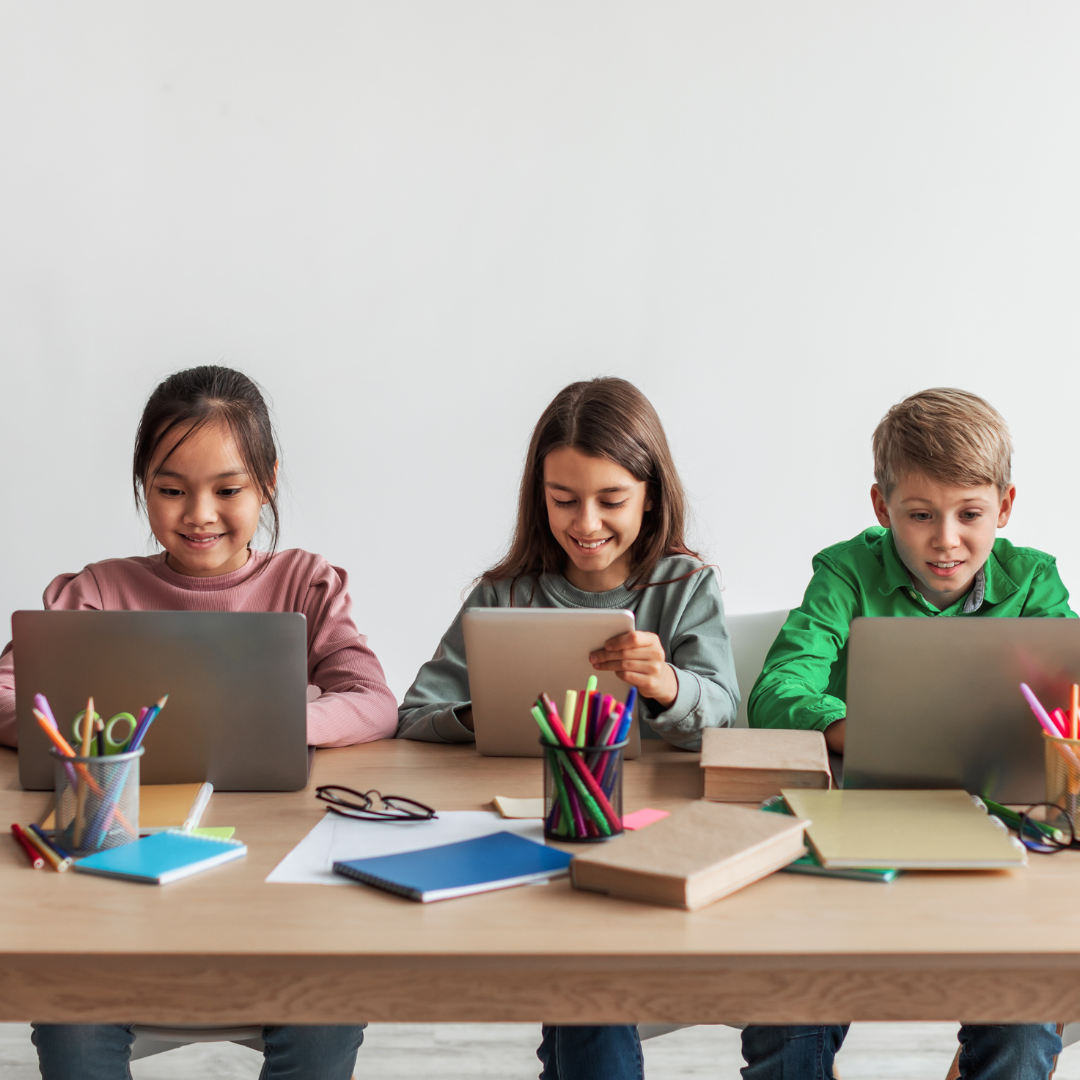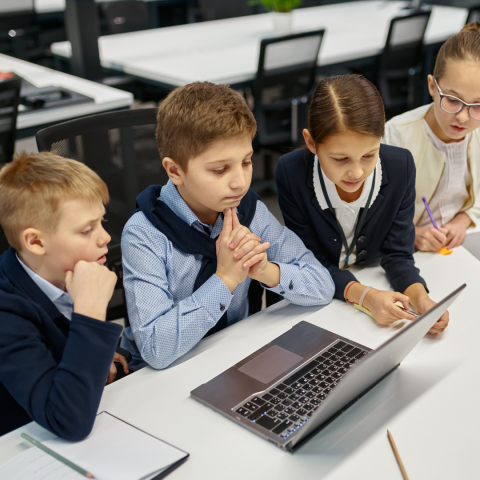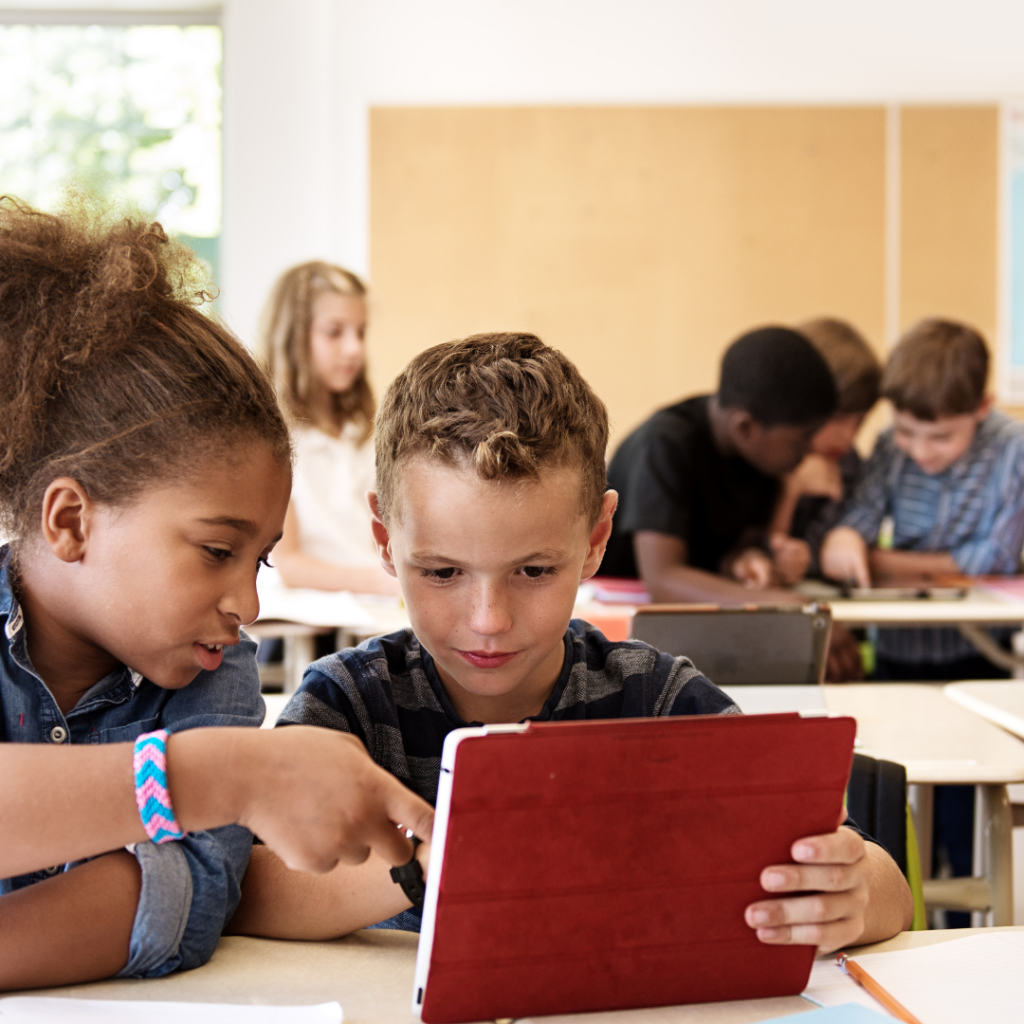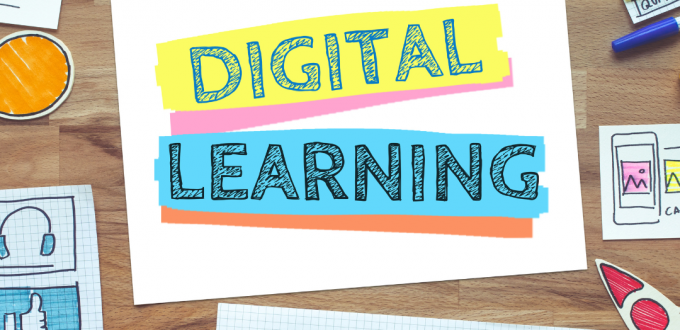- Ability to access a wide range of information: If you are a digital learner, you can access a vast amount of information depending on your study requirements from digital libraries and the Internet, educational websites, and digital textbooks.
- Ensure skill development: When children engage with digital tools, it helps to enhance their skills, making them ready for the future. For example, children's critical thinking, problem-solving, and more will be improved.
- Establish effective communication: Digital tools help to maintain a collaborative workspace as children can connect with local and global students. Also, digital platforms help to effectively manage group discussions, projects, and social learning communities.
- Maintain an interactive and engaging environment: If digital learning is adopted, the learning environment should be interactive to keep the children focused. Multimedia elements, such as videos, interactive simulations, and games, are used to keep the learning experience engaging, which helps the student focus.
- Obtain a personalised learning experience: When digital platforms are used, the teachers can carefully watch and track the student's performance. Hence, they can offer customised consultations and experiences to students in need, based on digital tools and analytics.



- Basic Computer Operations (ability to handle digital devices, manage files, use learning platforms, and adopt modern classroom technologies).
- Coding and Programming skills (practice block-based coding, text-based coding, and robotics.
- Enhance digital communication skills (using emails, virtual meeting tools such as Zoom, Microsoft Teams, and Google Meet, and online collaborative tools such as Google Docs, Sheets, and Slides).
- Proper research practices (practical usage of the Internet to search for new information, ensure their credibility and usage)
- Teach about new technologies (AR/VR technology, AI and Machine Learning)
- Usage of digital creativity tools (Canva, Adobe Spark, GIMP, Tinkercad)

